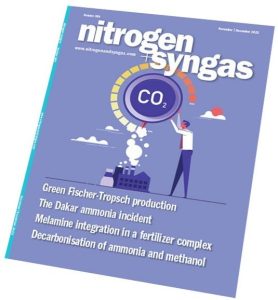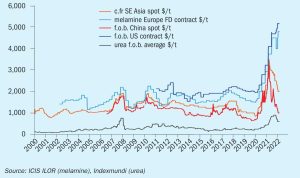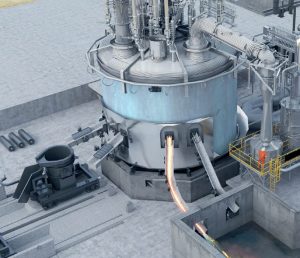In addition to the above deal with Morocco, the Bangladesh Agricultural Development Corporation (BADC), part of the Bangladesh Ministry of Agriculture, has signed a contract to import both triple superphosphate (TSP) and di-ammonium phosphate (DAP) fertilisers from Malaysia. The agreement was signed on 17 July 2025 in Kuala Lumpur by Mohammed Ruhul Amin Khan, chairman of BADC, and representatives of Selcra Niaga. Under the contract, BADC will import 280,000 tonnes of TSP and 280,000 tonnes of DAP from Malaysia. According to BADC officials, this landmark deal is expected to play a crucial role in ensuring the timely delivery of non-urea fertilisers to farmers. The move aims to strengthen Bangladesh's efforts toward building an efficient and sustainable agricultural system.









